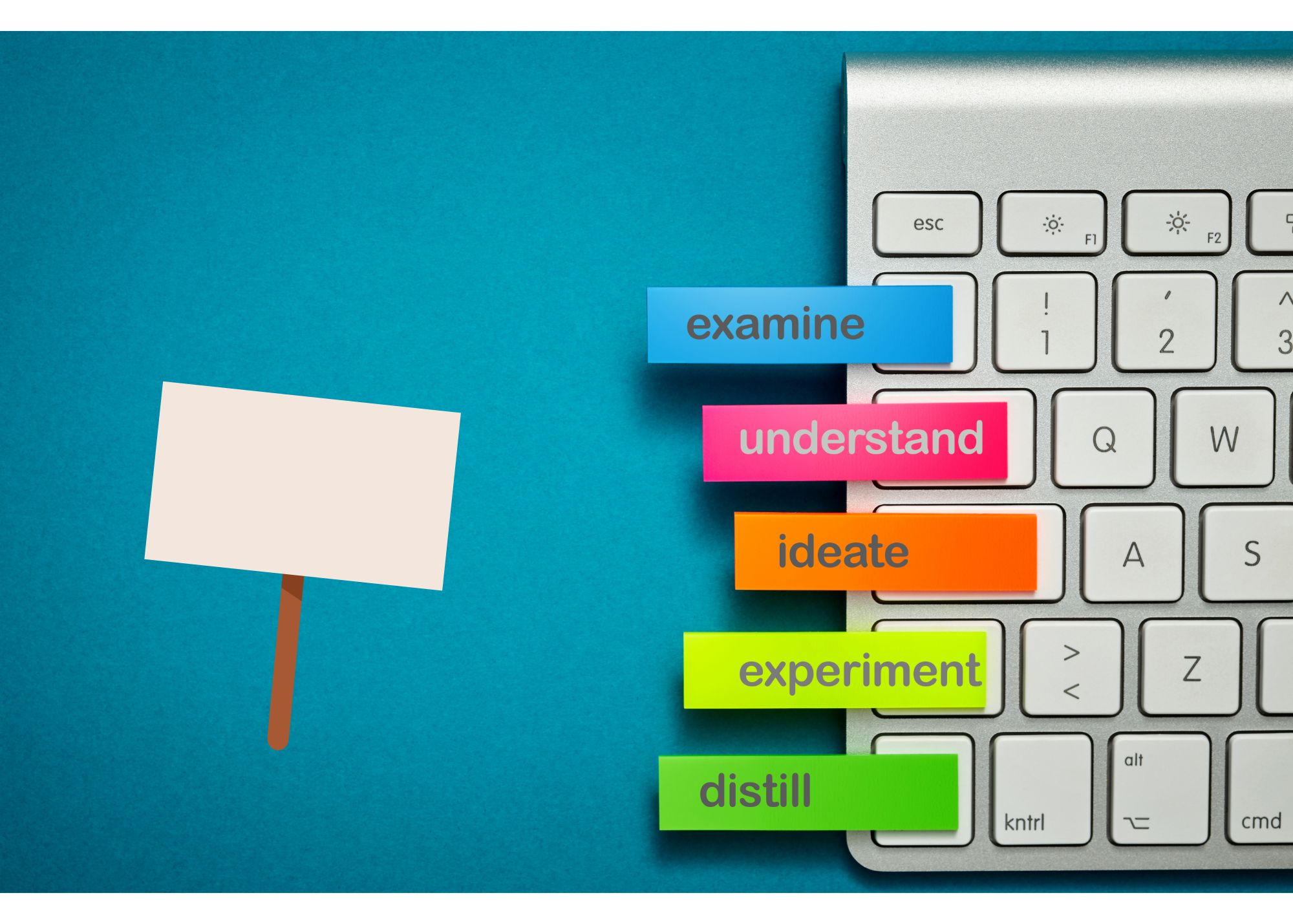Will This AI Stock Be the Ultimate Comeback Story?
SportRadar first came to the attention of most investors when the firm debuted on the public markets amid much fanfare a few years ago.
Then the hype surrounding the company was rooted in SportRadar’s role as a leader in sports data intelligence, which is key to the sports betting industry.
The company had formed a series of partnerships with major sports leagues and provided data to sportsbooks. With betting on the rise, the outlook was optimistic but the share price soon disappointed.
As the price plunged towards the single-digits, investors have wondered whether the stock will bounce back. Here are bullish tailwinds to suggest the worst of the declines may be in the rearview mirror.
Is SportRadar an AI Stock?
What most casual observers may not realize is that SportRadar has been quietly investing in artificial intelligence and machine learning to enhance its data analytics capabilities.
The aim is to provide more sophisticated and predictive insights to clients, an increasingly valuable tool in the sports betting world because AI-driven models can improve the accuracy of odds and in-game betting algorithms.
The result of these is to produce more efficient markets and potentially higher revenues for sportsbooks that depend on SportRadar’s data.
As AI technology evolves, SportRadar’s early investments may lead to a competitive edge over competitors like Genius Sports and make it the preferred partner for betting companies and sports leagues.
Will Micro-Betting Drive Growth?
When you think of betting, you usually imagine placing money down to bet on an outcome. Will Manchester United win their next soccer match, for example?
Micro-betting is different because the outcome of the game is not what drives the win or loss but rather it involves in-play betting on specific events within a game, such as the next pitch in baseball or the next possession in basketball.
This type of betting is a rapidly growing segment of the sports betting market because it keeps bettors engaged throughout the event, and increases the total volume of bets.
SportRadar is among the few platforms uniquely capable of supporting micro-betting because of its real-time data feeds. And as micro-betting becomes more popular, SportRadar’s revenue from data services may well experience substantial growth.
Beyond Non-Traditional Sports and Esports
Over and above the traditional sports channels, SportRadar is expanding into non-traditional sports and esports, which have been growing rapidly in popularity, especially among younger demographics.
Management has already forged partnerships with several esports leagues and organizations, providing data and analytics services even though esports betting is still in its nascent stages.
The opportunity for esports to become a significant market further provides a path for SportRadar to expand its footprint and capture a significant market share that in turn will translate to revenue growth.
Speaking of ways to grow the top line, SportRadar has grown not only organically but via acquisition too. It snapped up Synergy Sports, a leading provider of data analytics and video analysis tools for basketball.
Acquisitions like these also open up cross-selling opportunities that can drive faster growth. Indeed, the company’s recent partnerships with sports leagues like the NHL and the NBA to provide exclusive data rights offer channels to create new revenue streams from media companies and broadcasters alike.
1 Under-appreciated Growth Channel
In a world where data is ever more important, SportRadar’s exclusive data distribution rights for several major sports leagues, including the NBA, MLB, and NHL, places it in a unique position to monetize this data.
There are multiple ways it can do so, for example via betting operators, media companies, and sports teams themselves.
Demand for real-time sports data is likely to grow, especially with the rise of live streaming and in-game betting, so SportsRadar may well be able to command premium pricing for its data services that in turn will reflect well on the top line.
Beyond the obvious channels, innovative ways to monetize the data may involve integrating it into augmented reality and virtual reality sports experiences.
And because the U.S. sports betting market is still in its early stages with several states yet to legalize sports betting, SportRadar has many tailwinds to support a climb in revenues as more and more states pass legislation to allow sports betting.
The forecasts are for the sports betting market to grow at a compound annual growth rate of over 20% in the coming years, and an acceleration in state-level legalization has the potential to drive faster growth than the market expects.
There is also an opportunity to make waves in under-penetrated markets, particularly in Asia and Latin America, where large populations have a strong interest in sports and sports betting is increasingly accepted. For now, that’s more an optionality, though.
Will SportRadar Stock Recover?
SportRadar stock is likely to recover as its addressable market increases when more states legalize sports betting and micro-betting becomes more popular.
Among analysts, SportRadar has upside potential to $14.57 per share, the consensus price target. Interestingly, a bullish catalyst to drive it higher may come from the growing interest from institutional investors.
As more funds seek exposure to the burgeoning sports betting market, SportRadar falls right within the sweet spot given its leading market position, strong growth prospects, and diversified revenue streams.
Recently, several hedge funds and institutional investors have increased their stakes in SportRadar, signaling confidence in the company’s future growth potential.
With all that said, four analysts have revised their earnings estimates lower for the upcoming quarter, but the general trend of rising revenues on a year-over-year basis has persisted for some time and appears unlikely to change anytime soon. In fact, the annual revenue growth rate over the next 5 years is expected to persist at a 15.8% rate, all of which bodes well for new shareholders.



